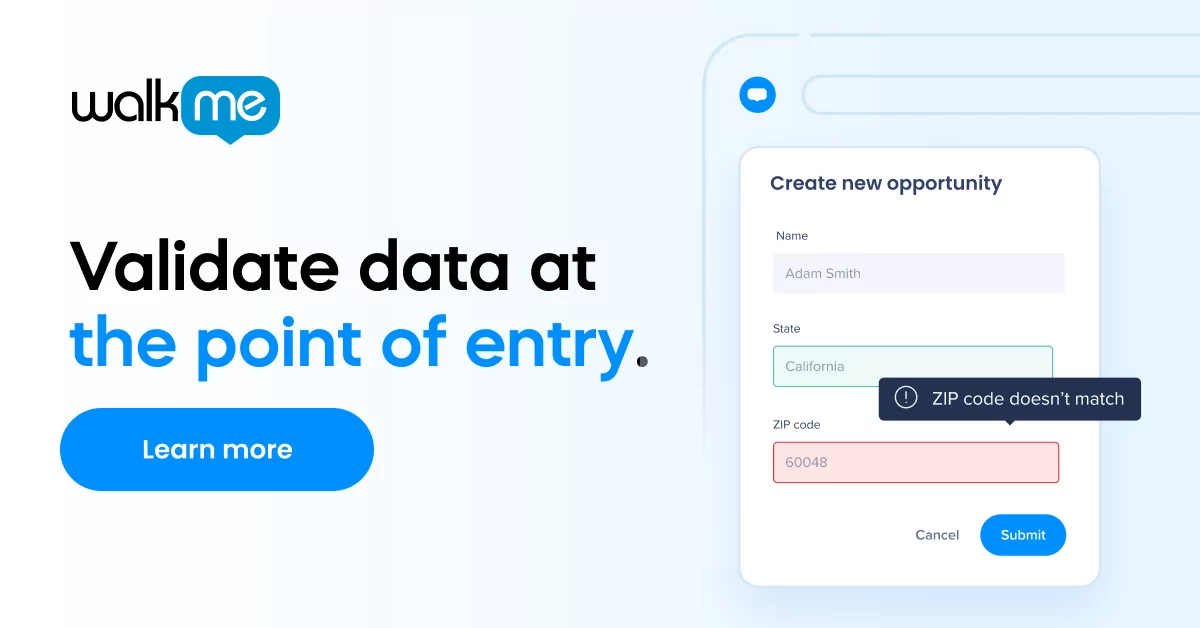Each world region’s relationship with technology has changed in its own ways as a result of the past year’s events. Whether it’s the upgrading of old software and processes or the accelerated adoption of new technologies and business methodologies, organizations are learning to actively shift how they operate in order to make the most of evolving assets.
Here we provide a snapshot of Australia’s current digital landscape and projections for its future.
The growing influence of software
In 2021, enterprise IT spending across all industry sectors in Australia will grow 3.6% to reach more than 73.8 billion USD.
Gartner forecasts that the highest growth areas of digital spending will come from devices and enterprise software, where spending will increase by 9 per cent and 7.3 percent respectively.
According to John-David Lovelock, Research Vice President at Gartner, “Not only does this shift IT from a back-office role to the front of business, but it also changes the source of funding from an overhead expense that is maintained, monitored and sometimes cut, to the thing that drives revenue.”
This heightened investment in software directly aligns with the needs of the newly remote workforce. In 2019, about one-third of the working population was regularly working from home, but in May of 2020, that figure jumped to nearly half.
IT leaders have a newfound opportunity to influence the trajectory of their organization’s success. The role of the CIO is developing from a watchful eye with a focus on tactical operational excellence into a strategic powerhouse that impacts the output of the entire company by empowering employees—no matter where they may be.
The funding for digital transformation initiatives, however, is projected to come from outside IT departments. This implies that IT has become an integral part of business delivery and leaders are recognizing its value across the broad scope of business operations.
The effect of trust in brands and the government
Gartner’s 2020 Technology End-User Buying Behavior survey found that
26% of respondents prefer well-known brands, while 20% prefer government-approved providers. This may appear to be a difficult gate to open for many software vendors, but going through the process and becoming verified by the government could mean obtaining access to a much wider audience.
Areas that were once thought to be low-tech and behind the curve are seeking to adopt digital solutions. “We’re seeing the public sector changing IT operating models and innovating at a quicker pace by adopting commercially available technology solutions and software—particularly software as a service,” said Brian Ferreira, Vice President Executive Programs, Gartner.
The government sector’s IT spending is forecast to exceed $13 billion in 2021, an increase of 6.2% from 2020. The majority of the spend will go to IT services and software, around $5.5 billion and $3.4 billion respectively.
What was previously minimal trust in SaaS vendors is flourishing into digital transformation across the board. Proactive software companies that were able to navigate the pandemic and come out successfully have proven themselves as trustworthy.
McKinsey’s consumer research has shown that more than 50% of Australians have adopted new shopping behaviours, and 30% have tried new brands. Depending on the segment, digital adoption has increased by 30-50% compared with before the crisis, and nearly two-thirds of people ages 56-75 are now regularly using these new channels. Australians are reporting a consistently high intent to continue or increase their use of digital experiences.
What the future holds
Over the past year and a half, disruptions have become the norm—both in Australia and around the world. Businesses are now more agile than ever, leaving fears of change behind and opting for rapid solutions that answer to immediate needs.
One such solution that has afforded businesses a boost in efficiency is the ability to automate business processes and, in some cases, entire jobs. As technology continues to evolve, so will the marketplace, and Forrester predicts that automation will cause Australia’s job market to shrink by 11% by 2030.
The progressive investment in software solutions will subsequently make the lives of consumers and employees easier while reconstructing the way in which business is conducted. Expect to see a greater number of organizations dive headlong into their digital transformation initiatives, adopting new ways to empower their workforces.


